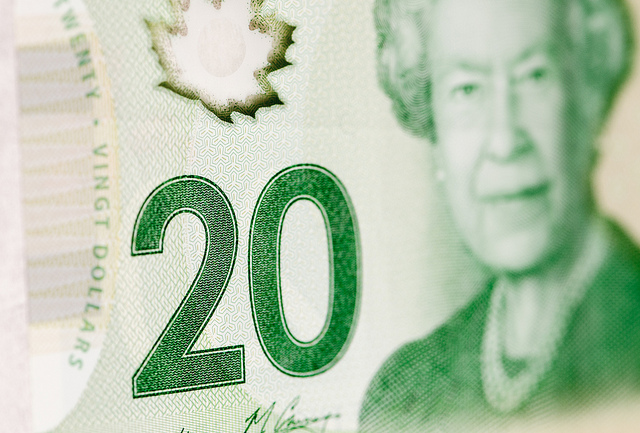The Lyxor Hedge Fund Index was down -0.9% in February. 3 out of 11 Lyxor Indices ended the month in positive territory. The Lyxor CTA Long Term Index (+2.2%), the Lyxor Merger Arbitrage Index (+0.5%), and the Lyxor LS Equity Long Bias Index (+0.4%) were the best performers.
“In a make-or-break environment, we recommend keeping some directionality through tactical styles. We would remain put on relative-value strategies, but focusing in areas least correlated to current themes.” says Jean-Baptiste Berthon, senior cross asset strategist at Lyxor AM.
Brexit risk helped Global Macro funds recoup some of the losses endured early February. It was a hill-start for the strategy, which suffered on their short bond and long European equities exposures (we note that positioning divergence among managers remained elevated). The collapse of the pound below $1.39 then allowed Global Macro funds to regain some of the lost ground. Indeed, London mayor Boris Johnson throwing support to the exit cause led markets to implement stronger protection against a risk of Brexit. The relative economic and monetary pulses between the UK and the US also played out. Funds remain slightly long in European equities. In bonds, they are long US and short EU bonds. Their top plays remain on their long dollar crosses.
The rally by mid-February triggered multiple macro and sector rotations. The selling pressure exhausted by mid-month. The rally in risky assets unfolded in poor trading volumes as most market players were initially reluctant to join in. An unstable market tectonic and multiple downside fundamental risks kept investors – hedge funds included – on the cautious side. In that context, CTAs outperformed, hoarding returns in the early part of the month, while remaining resilient thereafter thanks to stubbornly low yields. Besides, the longest bias strategies enjoyed a V-shape recovery. By contrast, those exposed to the rotations suffered the most.
L/S Equity: volatile and dispersed returns, skepticism prevails. Long bias funds enjoyed a V-shape recovery over the month and ended up slightly positive. They continued to generate strong alpha. Variable bias funds pared losses on the way down thanks to their cautious stance, but they underperformed on the way up. The rotation out of defensive back into value stocks proved costly. Market Neutral funds were the worst performers. They were hit by multiple sector and quant factor rotations, amid high equity correlation, while keeping their leverage steady. They endured a double whammy through untimely portfolio shifts.
Overall Lyxor L/S Equity funds slightly raised their market beta mainly through short covering. But skepticism prevails as to the sustainability of the rally. Interestingly, a number of funds are increasingly tactical in their stock and sector positioning.
Merger Arbitrage continued to defy risk aversion. The performance of Special Situation funds mirrored that of broader markets. They suffered in the early part of the month – especially in their healthcare and telecom positions – before recouping most of their losses. The returns of Merger Arbitrage funds were less volatile. Deal spreads initially factored higher macro risks, before settling down. Short duration operations with small P&L to lock in continued to lure managers. They maintained their elevated long exposures, reflecting their confidence in the current merger opportunity set.
The underperformance of European credit hurt L/S Credit strategies. The pressure mounting on global banks, and in particular European institutions, hurt some funds. Underperforming junior debt in Europe, and concerns about coupons suspension in contingent convertibles took a dent in some funds (as a reminder, “cocos” convert into shares if a pre-set trigger is breached – the level of solvency ratios for example. These securities were designed to enhance capital levels and provide investors with greater safety). BoJ venturing into negative yield regime also hurt Japanese and Asian issues.
Perfect conditions for CTAs, which continued to outperform. Continued de-risking in the early part of the month was beneficial to most CTAs. They kept on making strong gains in their long bond positions, their equity and energy shorts. In the second part of the month, most of the gains were made in EU long bonds and on GBP. The recovery in risk appetite led their models to shave off their most aggressive bearish positions. They reduced their short on energy and brought their equity allocation up to neutral. Their main vulnerability lies with their long bond exposure.


